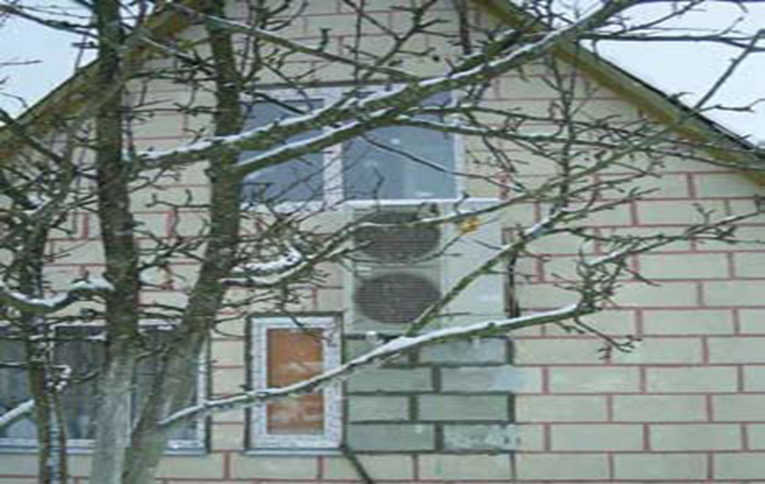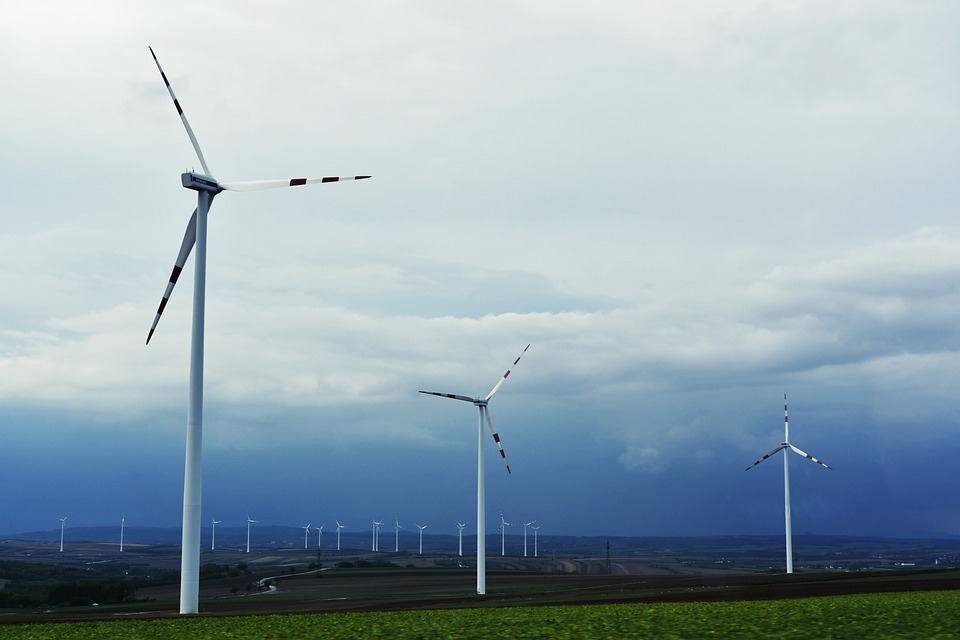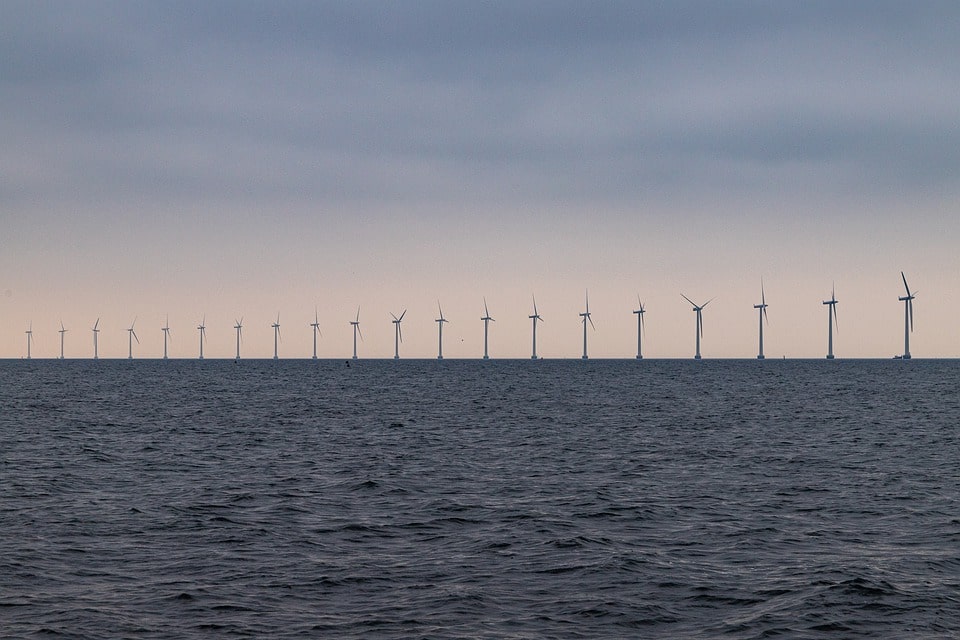Thermal modernization is a way to save money
Today, the cost of energy is high and its further growth, unfortunately, is inevitable. This was bad news, and the good news is that there is a solution to the problem of energy savings and the family budget, its name is thermal modernization.
However, before we consider the ways and opportunities for savings provided by thermal modernization, let's understand the reasons for the high heat consumption of houses.
Causes of significant heat consumption in heating buildings

Heat losses of the building are approximately distributed as follows:
- 1. with ventilation air - 30-40%;
- through the walls - 20-30%;
- through the windows - 15-25%;
- through the roof - 10-25%;
- through the basement - 3-6%.

Therefore, the main reason is excessive heat loss due to the external enclosing structures of the building. If the house has low thermal insulation of building structures, it leads to significant losses of thermal energy. Heat protection requirements for old building codes for walls, attics, etc. are several times lower than modern requirements. Therefore, due to the building structures of old constructions, several times more thermal energy is lost than in modern buildings. On average, 20-30% of thermal energy is lost in this way.
Large heat losses - about 15-25% - occur through old windows. In addition to low thermal characteristics, the windows are also not sufficiently airtight. In some buildings, the area of windows is too large - their size is not related to the need for rational lighting of interiors with daylight, which was previously the result of architectural trends borrowed from countries with warm climates.
In addition, there are heat losses through the roof, estimated at 10-25%, and the basement - up to 6%.
The second, no less important reason for high heat consumption is the low energy efficiency of old heating systems. From the very beginning, they were designed with several times more excessive heat consumption. Morally and technically obsolete heating stations, hydraulically regulated systems due to unauthorized user intervention (replacement of radiators, pipelines, etc.), clogged pipelines, lack of thermal insulation in unheated basements - this is not a complete list of disadvantages of old heating systems . With such systems, even after insulating the building, it is impossible to save energy and create comfortable living conditions.
The third reason: high consumption of thermal energy to some extent is also caused by the lack of its accounting for each consumer (apartment / user), which does not stimulate individual economical heat consumption.
Thus, in all buildings constructed according to the old constructions norms (put into operation before 1993), as well as in a significant number of buildings put into operation later, thermal modernization is necessary to reduce the cost of utility bills.
How can thermal modernization of a building help reduce heating and hot water costs and reduce heat consumption?
The meaning of thermal modernization of a multi-storey or private low-rise building is the application of energy efficiency measures, which give a significant reduction in energy consumption. As a result, with the inevitable increase in the cost of energy, utility bills are reduced and their quality is improved. Thermal modernization is being implemented by additional insulation of the building with mandatory modernization of the heating system. Insulation of a building without modernization of the heating system does not give a positive result in energy savings and often leads to a negative result - an increase in energy consumption. During thermal modernization, hot water supply and lighting systems are also modernized. The application of the whole set of such measures will reduce consumption by 60-70%.
Replacing the old individual heating point with a weather correction heat point will reduce heat consumption by up to 25%, and stabilizing the heating system with automatic balancing valves will add another 8-10% savings.

Individual accounting of heat consumption and reduction of heat energy consumption is carried out due to individual regulation of each heating appliance by the consumer with the help of automatic temperature regulators on radiators. This has long been implemented in energy-consuming appliances - refrigerators, electric kettles, ovens, electric heaters, etc. All of them have thermostats that automatically do not allow them to spend energy. Heating appliances of old systems do not have such a possibility. Experience with the use of thermostats on heaters shows that lowering the room temperature by 1 ° C saves 7% of thermal energy. In general, it can be argued that the use of radiator thermostats gives the effect of up to 20% savings in thermal energy.
Only a building that is properly insulated and equipped with automatic thermostats for heaters and individual metering devices, fully ensures the maximum result - a reduction in utility bills. Partial application of energy efficiency measures gives a partial result, respectively, and only if the heating system is modernized, which provides an adequate response to these measures.
Thermal modernization requires financial costs. But with the full identification of all building problems and the choice of the right way to solve them, thermal modernization leads to a reduction in utility bills, and these savings significantly cover the initial financial costs. At the same time, financial costs have different payback periods, which very much depends on the tariff for thermal energy, the cost of the event and the effect obtained. For example, the modernization of an individual heating point of a building pays off, as a rule, in up to 2 years, heating and hot water supply systems - in up to 3 years, and the insulation of a building - in 10-12 years.
Steps to reduce utility bills:
- Warming of walls, roof, combined covering and overlapping over an unheated basement or a floor on the ground - reduction of expenses by 20-40%.
- Replacement or repair of windows and exterior doors - by 10-20%.
- Replacement of an elevator individual thermal point to a modern one allows to save 15-25% of resources.
- Modernization of the heating system reduces costs by 20-30%.
- Replacement of the old one-pipe heating system with a modern two-pipe system - by 30-40%.
- Modernization or replacement of the hot water supply system - by 10-15%.
- Modernization of the ventilation system - by 20-25%.
- Replacement of an individual heat source with a modern one - by 20-30%.
- The use of alternative heat sources, such as a solar collector, heat pump - 50-100% of the use of renewable energy.
Andriy Berestyan, Sales and Marketing Director, Danfoss LLC.
